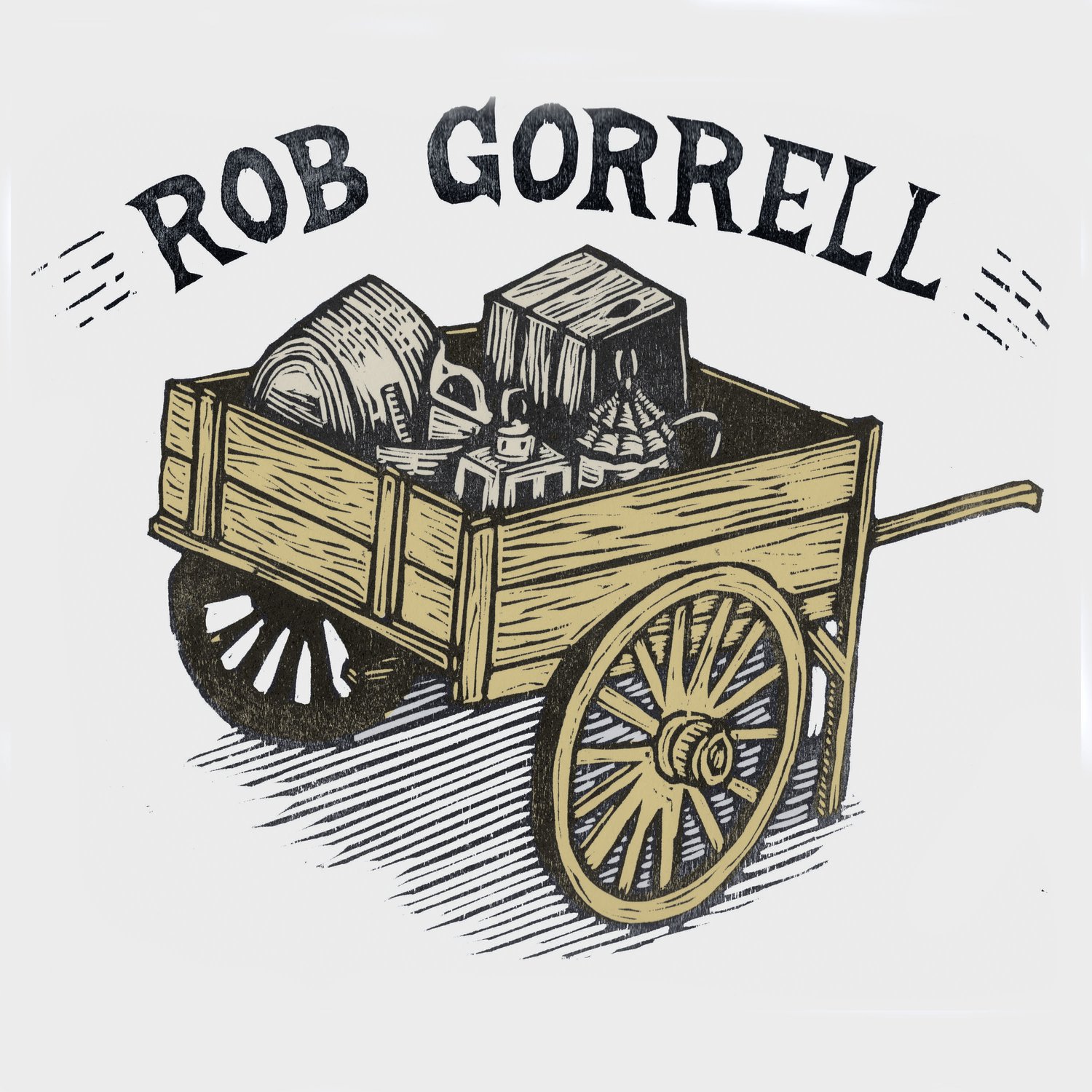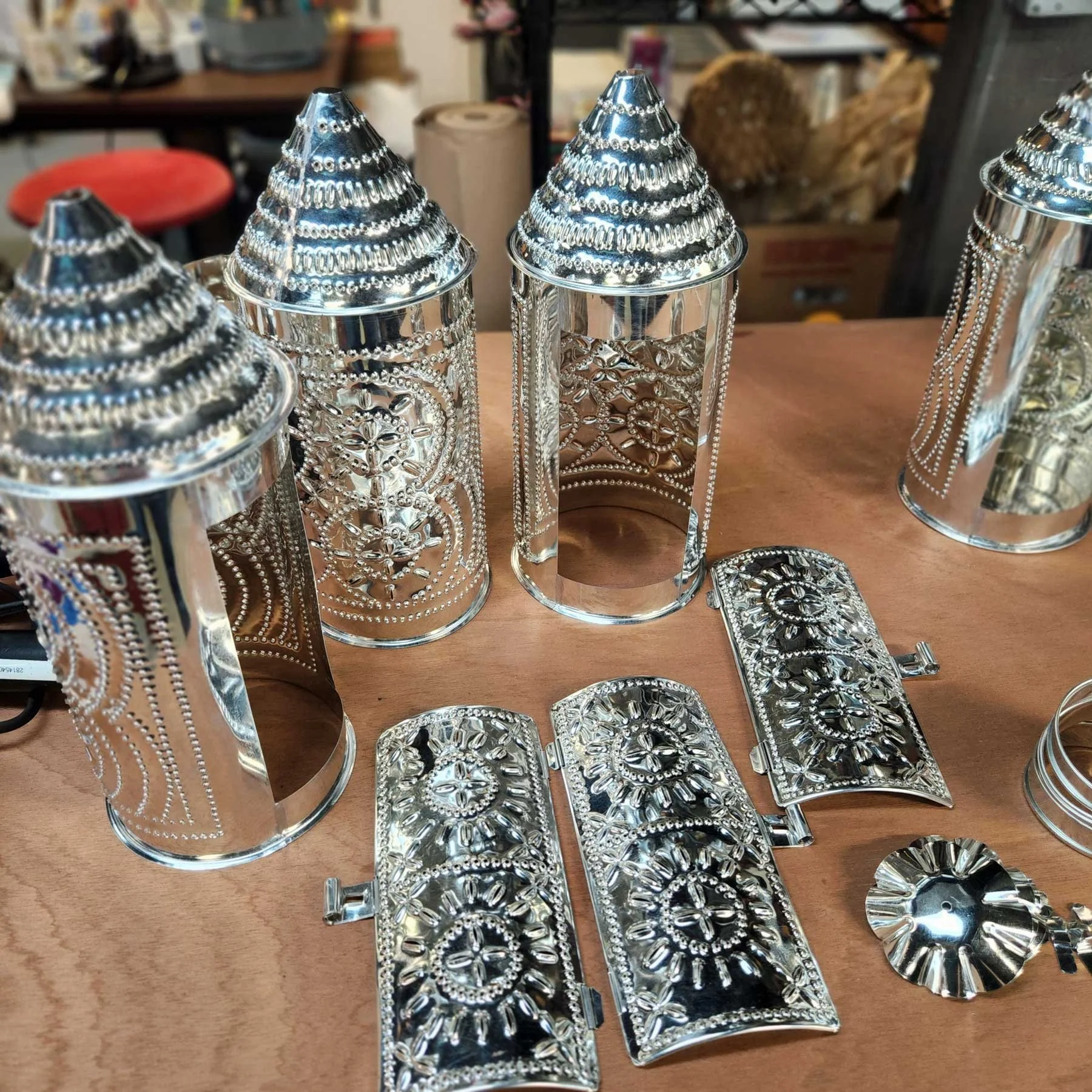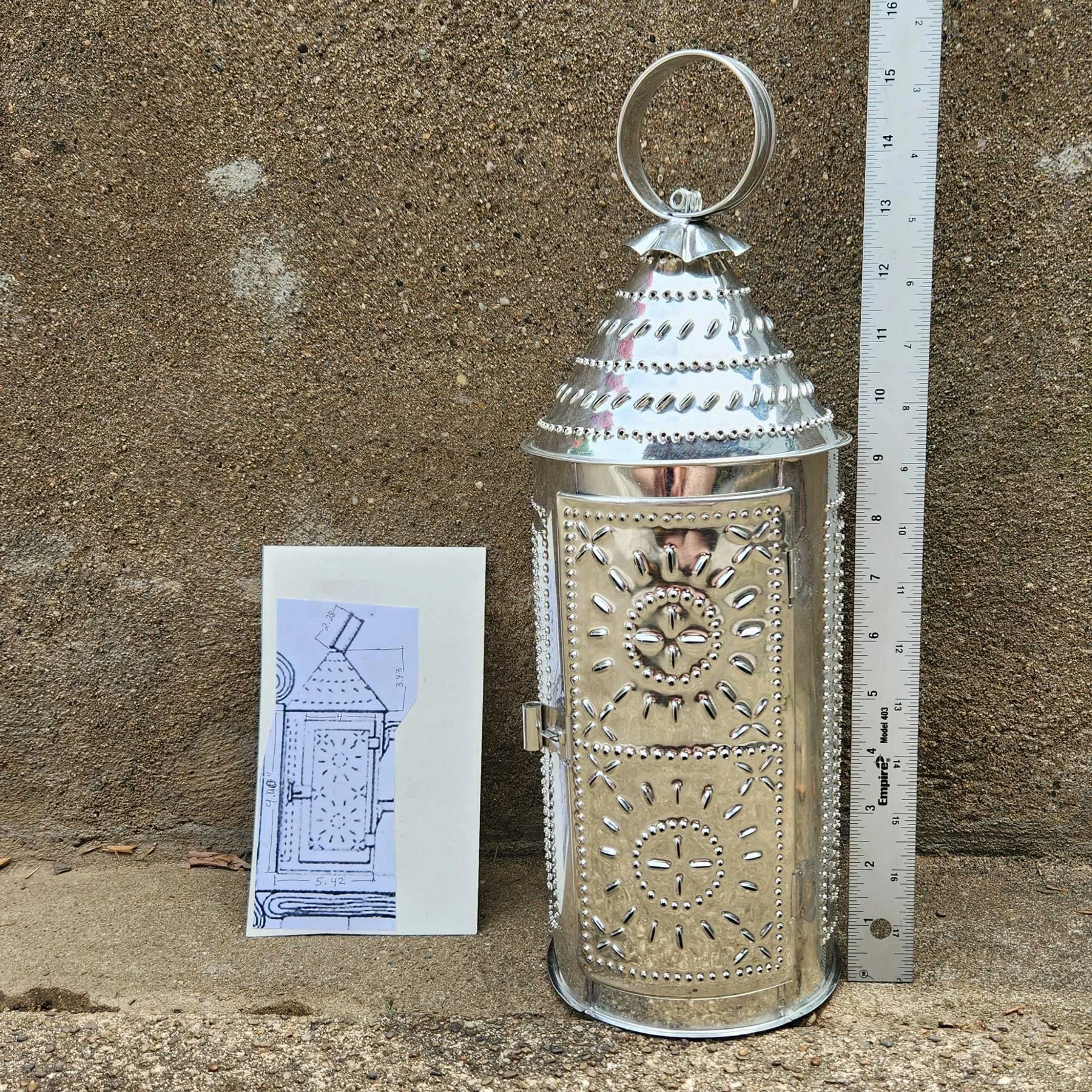How to design a tin lantern from a drawing.
One of the more interesting parts of being a tinsmith is developing new patterns for tin objects. There are not a lot of published plans available to tinsmiths and pattern development is just as important and useful as soldering and rolling a nice burr. Today we are going to look at how the pattern for my punched tin 1850’s punched tin artillery lantern.
This project started back in May 2023 when I was contacted by Tim Tedrick with a request for some custom lanterns that they needed for their living history impressions.
Tim is an active member of the “1st Section”, which is a authentic horse-drawn living history organization dedicated to accurately portraying the common soldier of the American Civil War.
The members of the 1st Section had found a reference to two different styles of lanterns in an 1849 military manual Artillery for the United States Land Service, as Devised and Arranged by the Ordnance Board, by Brevet Major Alfred Mordecai. One was described as a dark lantern, and the other was a “common lantern”. Both were illustrated sparingly in a drawing showing the preferred way to pack a supply wagon for the units.
From: “Artillery for the United States Land Service, as Devised and Arranged by the Ordnance Board.”
Tim was able to get me the rough dimensions by scaling the lantern size against other measured objects in the illustration. Using that information and measurements from other “common” lanterns, we started working to get a pattern worked out. We do not from this drawing if the lantern had a handle on the back or not, so we went with a no side handle option. We decided to go with a lantern that would be about 15” tall and 5.5” in diameter.
There is an old saying that paraphrases to “Ask any ten tinsmiths how to do something, and you will get ten different answers”. On more organized projects, I try to work out paper patterns of the major parts of a construction. These “first drafts” invariably get tweaked as each new lantern is made.
For this design, I made the assumption that the tin-punched design on the unseen sides would be similar to the patterns on the door and laid out the design to fit the body of the lantern.
From here, I start making a prototype of six to get the pattern to work out to my and the customer’s satisfaction. This step sometimes makes me think about some advice from my good friend, fellow tinsmith,and mentor, Robert Stone, once gave me when he said, “Brother, sometimes you just gotta burn through a lot of tin”.
Eventually I end up with a pattern that works for me and I do a simple CAD drawing for my pattern files.
This is a enjoyable small lantern to make and usually goes together in a reasonably short time compared to some of my larger and more complex lanterns.
We are calling this a Civil War Artillery Lantern based on the information that Ted and I could come up with. Is it the only possibility for such a lantern that would have been used and packed based on that drawing? No. Maybe that was the lantern on the wagon that the draftsman used as an example. Maybe the next wagon over had a completely different lantern design. Who knows? That is one of the things that makes interpreting history so frustrating and fun at the same time. But based on the information available and our experience in the hobby, this feels like a good interpretation of a tin-punched candle lantern that could have been used by a Civil War artillery unit.
If you are interested in purchasing a couple of these lanterns or need help with a custom designed project, click here to contact me.







